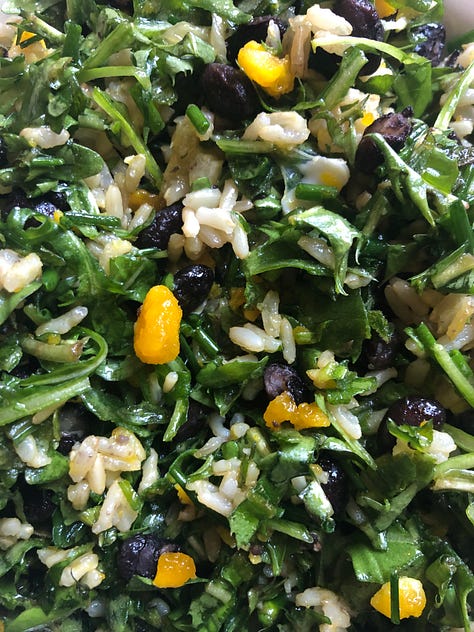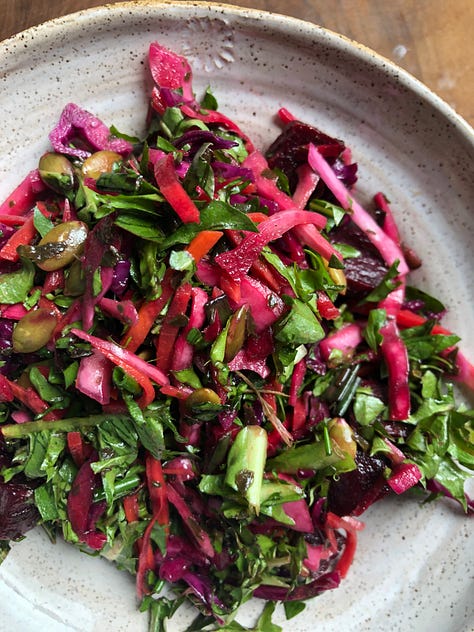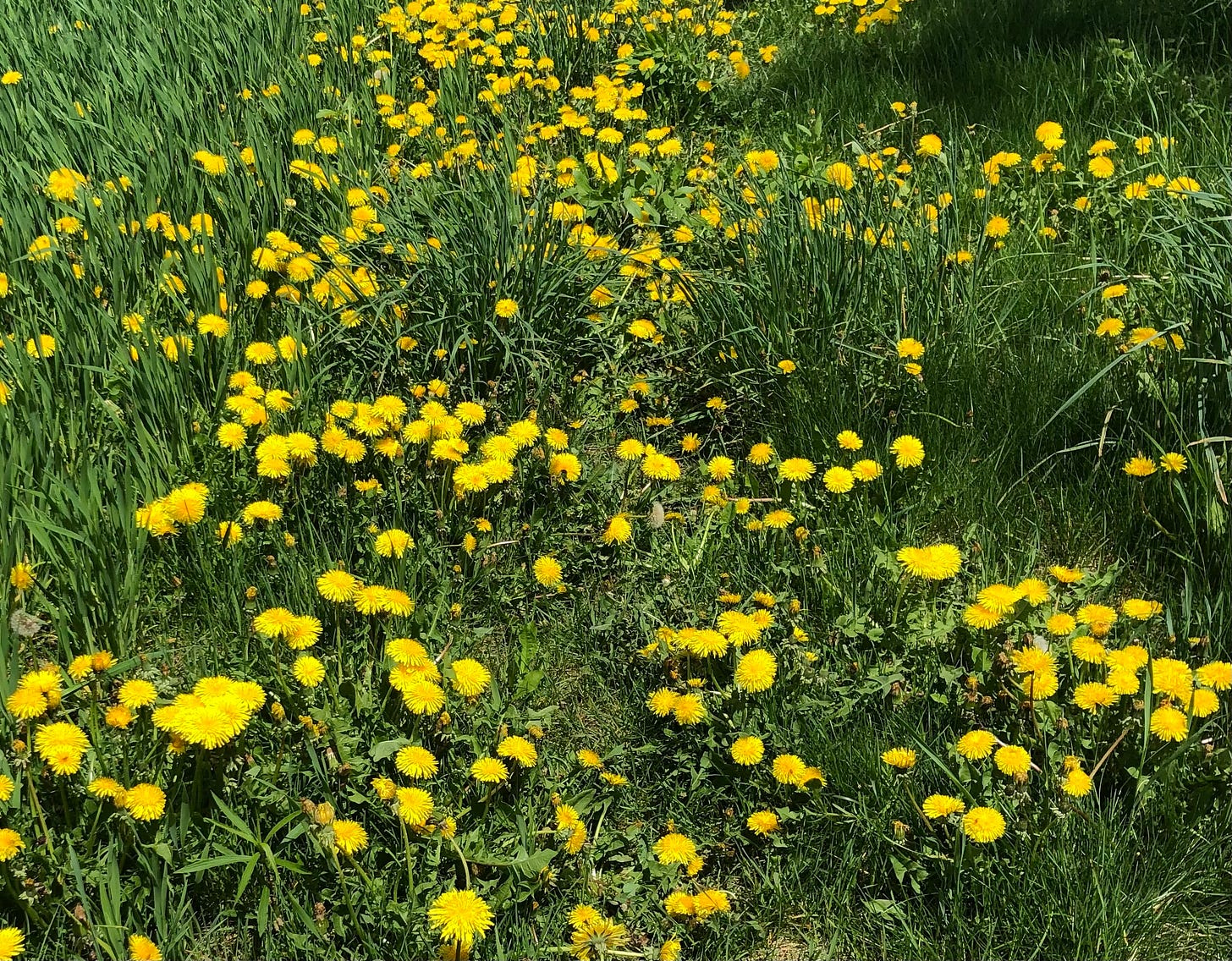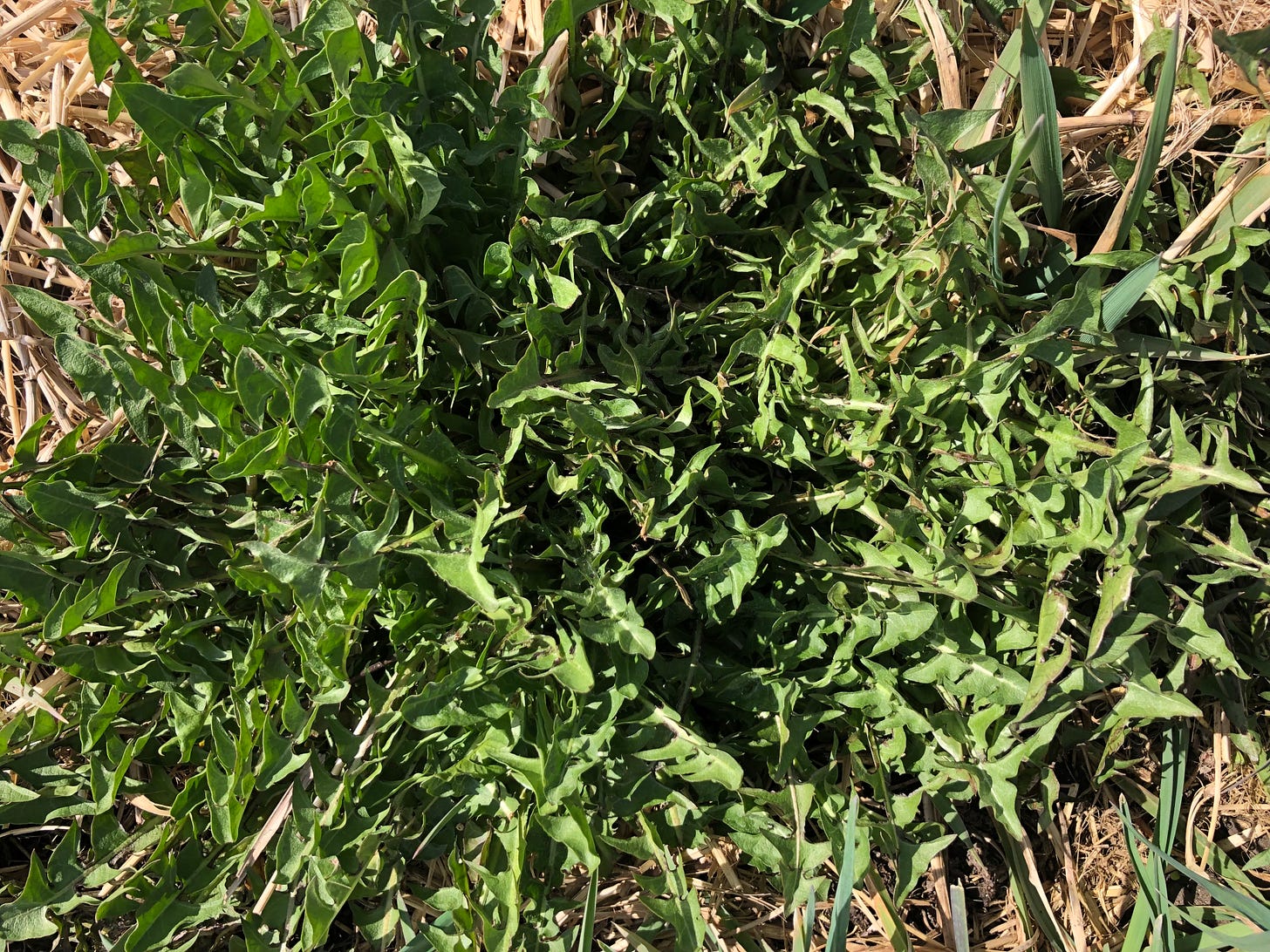The humble dandelion. I so much look forward to its return every year. It’s the first of the wild greens that I begin to harvest in early Spring and to me, it marks the beginning of the green and growing season. It has been foraged as an edible wild green in many cultures and makes a great Spring tonic. It is mildest in flavour in the early Spring which is the best time to enjoy dandelion greens as food.
The greens, roots and flowers have all been used medicinally and as food. It has been used as an important healing herb for thousands of years.
The flowers traditionally used to make a dandelion wine, can also be used to make an infused oil for topical use to help relieve tight sore muscles. Dandelion has a special affinity to relieving tight muscles along the sides of the neck.
Classed as a general alterative, it is gentle in its action and has an affinity to support normal physiological drainage and elimination through the kidneys, gallbladder, liver and bowel.
Having a diuretic effect, the leaves in particular have an affinity to the kidneys, improving the elimination of wastes and helping relieve muscle pains, rheumatic and gouty conditions. It’s diuretic effect can be important in cardiovascular ailments.
The bitter flavour of the leaves and roots makes dandelion a good liver and digestive tonic, supporting portal circulation and gallbladder function. It is an important herb for stagnant tissues states associated with underlying heat. It can be helpful in chronic sinus congestion, allergic states and skin disorders.
An interesting specific indication for dandelion is the presence of a deep or dark red tongue that may have a coating that is patchy or peeling - referred to as geographic or mapped tongue.
The root is often harvested in the Fall, but you can enjoy freshly harvested dandelion roots in any season. The chopped dried root makes a good tea. It can be roasted to bring out its bittersweet flavour and is often used to make a dandelion “coffee”. The sweetness of the roots is attributable to its inulin content, a prebiotic that feeds the beneficial microbes in the gut.
Dandelion can be of benefit in blood sugar regulation and diabetes.
It is a perennial that grows prolifically in this region and is so often maligned in our society’s “perfect lawn” culture. Unphased by this prejudice, it continues to grow with gusto, greeting us with its Spring flush of bright and cheery blooms in May. Full of so much vitality and spunk its not uncommon to find dandelions pop up through cracks in the sidewalk and pavement. Dandelion serves as an important ambassador for us to the natural world, reminding us that plants are not weeds but allies. They are here to offer their healing strength and support, sustenance and nourishment to us all, if we would but listen.
The first flush of bright yellow blooms come to us around the time that we first let the cows back out on to pasture. It’s the dandelions that they make a beeline for and often favour before all other greens. Enjoy early Spring dandelion greens added to any recipe where greens are called for. Italian recipes featuring wild greens offer plenty of ideas - they make a delicious addition to salads, soups, beans, pastas and frittatas. They make a great fresh topping on homemade pizza. I share a Middle Eastern recipe for dandelion greens with caramelized onions HERE that is the perfect balance of savoury and sweet.








